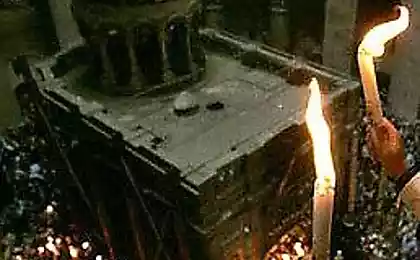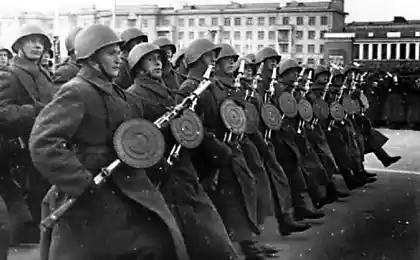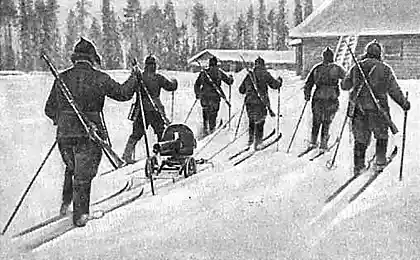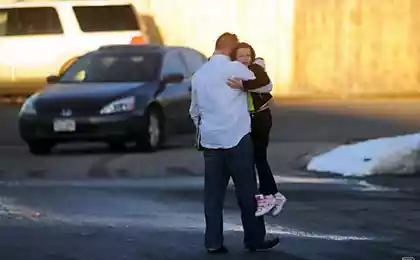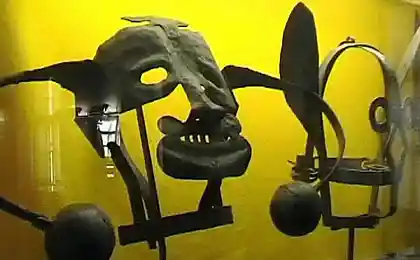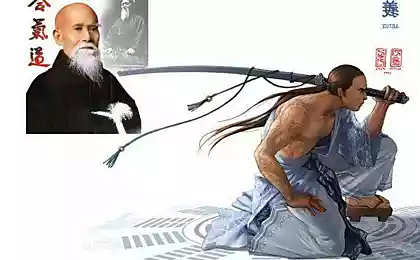2767
Those who did not shoot
Josef Schulz (Schultz) - it. (Jozef Šulc - Serb.) Was born in 1909 in Wuppertal, Germany. Shot July 19, 1941, in the village of Smederevska Palanka, Yugoslavia. He was a German soldier, hunter 114th (714th Infantry) Division.
Colleagues believed Josef quiet man who could maintain the fun in any company. He was not violent, reckless, often considered bland. Fond of playing the piano, and was a good artist - he's great at reproductions of paintings by Dutch artists.

In July 1941, the German troops on the mountain near the village Hradiste Vishevets pitched Palanatskuyu guerrilla company. In the Serbian village of Smederevska Palanka Germans captured 16 civilians, accusing them of helping the partisans and sent them to a makeshift prison - in the stables of the 5th Cavalry Regiment of the Queen Mary Karageorgievich. Court-martial sentenced all 16 people to death, the sentence ought to enforce the evening of July 19.
The place was chosen for the execution of the same stable - the prisoners put their backs to the haystack, pre guerrillas were blindfolded. But just before the shooting of Joseph Schultz, who was added to the firing squad, suddenly threw his rifle on the ground and cried:
- Ich schieße nicht! Diese Männer sind unschuldig! (I will not shoot! These people are innocent!)
The commander of the firing squad, having heard this phrase, froze in shock: Division soldiers refused
carry out the order. The decision was made immediately - Schulz recognized a rebel, and for non-compliance of the order, he should be shot. The sentence was executed immediately. Joseph was buried next to death row guerrillas.

Josef Schulz a few minutes before his death (indicated by arrow)
Joseph stands in front of the guerrillas, arms in their hands anymore, the helmet on the head as not. On both sides - his armed colleagues. Photographer right of the firing squad. Identification of the figures in this picture is as close Schultz disputed by historians and biographers ...
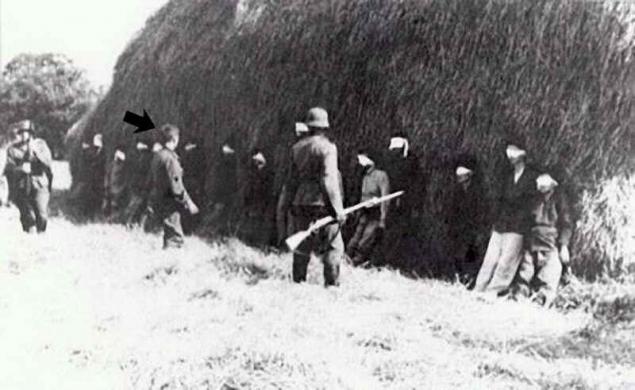
To conceal the fact that the insurgency in the division, the family of Joseph sent falsified "death notice" that initiated the command.
In 1972, Joseph's brother, Walter traveled to Yugoslavia to become familiar with the details of the death of his brother. Having studied the photo, which was discussed, Walter confirmed that it really depicts Josef Schulz.
Yugoslavian journalist Zvonimir Jankovic also managed to find a photo of the place of execution, which were sealed arguing officer and soldier of the Wehrmacht; although he was in a German soldier uniform insignia of the Wehrmacht was not on it. Apparently, it was the same Joseph. In 1973, the Yugoslav journalists of the newspaper "Politics" paid a visit to Walter Schulz in Germany, who gave an interview and talked about his brother.
In Yugoslavia, the German soldier actually made a national hero and a symbol of the anti-fascist resistance.
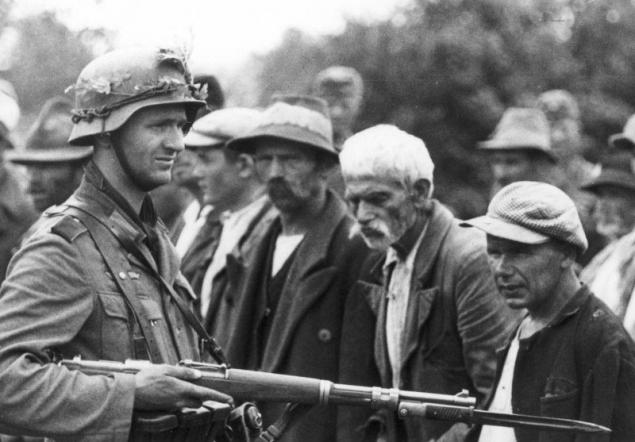
Colleagues believed Josef quiet man who could maintain the fun in any company. He was not violent, reckless, often considered bland. Fond of playing the piano, and was a good artist - he's great at reproductions of paintings by Dutch artists.

In July 1941, the German troops on the mountain near the village Hradiste Vishevets pitched Palanatskuyu guerrilla company. In the Serbian village of Smederevska Palanka Germans captured 16 civilians, accusing them of helping the partisans and sent them to a makeshift prison - in the stables of the 5th Cavalry Regiment of the Queen Mary Karageorgievich. Court-martial sentenced all 16 people to death, the sentence ought to enforce the evening of July 19.
The place was chosen for the execution of the same stable - the prisoners put their backs to the haystack, pre guerrillas were blindfolded. But just before the shooting of Joseph Schultz, who was added to the firing squad, suddenly threw his rifle on the ground and cried:
- Ich schieße nicht! Diese Männer sind unschuldig! (I will not shoot! These people are innocent!)
The commander of the firing squad, having heard this phrase, froze in shock: Division soldiers refused
carry out the order. The decision was made immediately - Schulz recognized a rebel, and for non-compliance of the order, he should be shot. The sentence was executed immediately. Joseph was buried next to death row guerrillas.

Josef Schulz a few minutes before his death (indicated by arrow)
Joseph stands in front of the guerrillas, arms in their hands anymore, the helmet on the head as not. On both sides - his armed colleagues. Photographer right of the firing squad. Identification of the figures in this picture is as close Schultz disputed by historians and biographers ...

To conceal the fact that the insurgency in the division, the family of Joseph sent falsified "death notice" that initiated the command.
In 1972, Joseph's brother, Walter traveled to Yugoslavia to become familiar with the details of the death of his brother. Having studied the photo, which was discussed, Walter confirmed that it really depicts Josef Schulz.
Yugoslavian journalist Zvonimir Jankovic also managed to find a photo of the place of execution, which were sealed arguing officer and soldier of the Wehrmacht; although he was in a German soldier uniform insignia of the Wehrmacht was not on it. Apparently, it was the same Joseph. In 1973, the Yugoslav journalists of the newspaper "Politics" paid a visit to Walter Schulz in Germany, who gave an interview and talked about his brother.
In Yugoslavia, the German soldier actually made a national hero and a symbol of the anti-fascist resistance.




